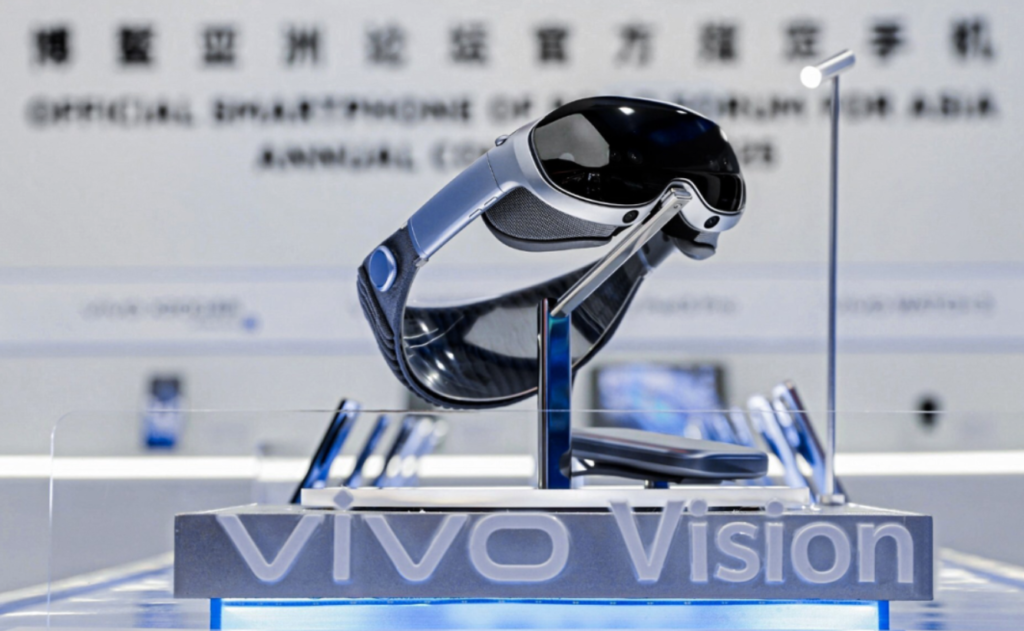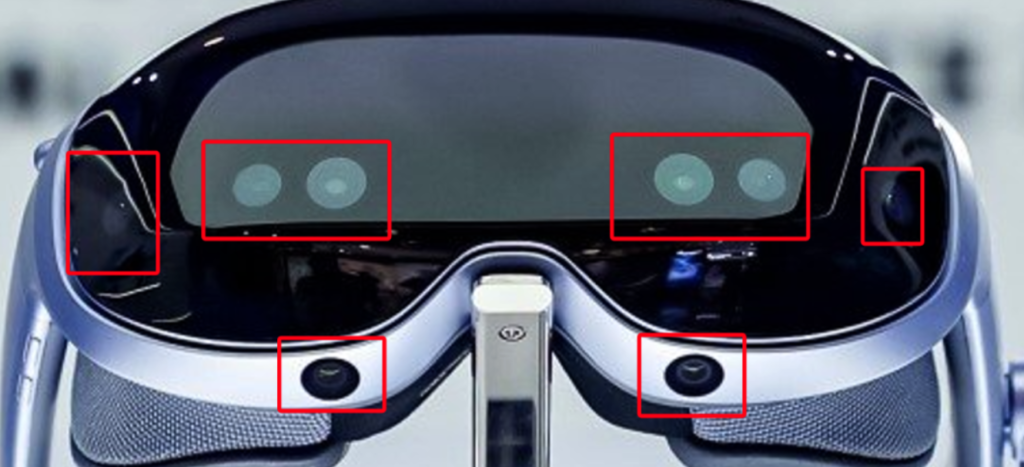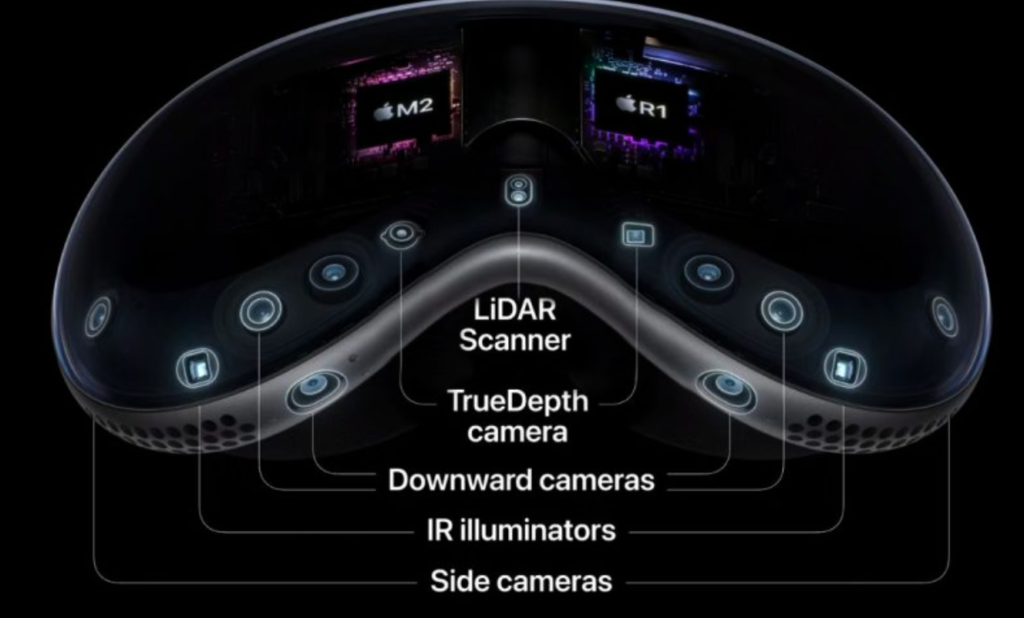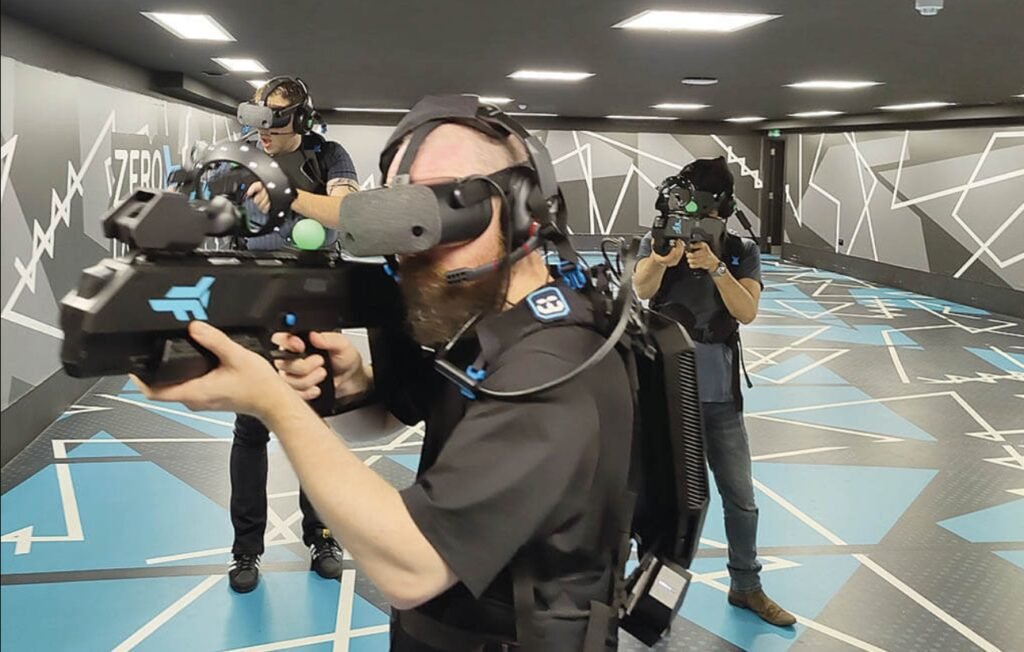As a Boao Forum for Asia council member and strategic partner for the fourth consecutive year, Vivo showcased its latest technological advancements in Blue Tech, 6G, and more at the 2025 Boao Forum for Asia. However, the spotlight in the XR field was undoubtedly on Vivo Vision, the company’s first Mixed Reality (MR) device, marking Vivo’s official entry into the XR industry.
Vivo Vision: A Major Milestone in Vivo’s XR Ambitions

On March 26, 2025, at the Boao Forum, Vivo announced its official foray into XR with the launch of Vivo Vision. This move signals the company’s expansion into smart hardware and underscores its ambition to capture emerging markets. Vivo’s official statement emphasizes that Vivo Vision represents a key milestone in the company’s MR technology exploration and will play a crucial role in the convergence of robotics and XR devices.
Despite not having the global recognition of Apple or Samsung, Vivo remains one of the top five smartphone manufacturers worldwide. Known for its strong presence in the mid-range market, its entry into the XR space could be a strategic move toward high-end technology leadership.
Design: Inspired by Apple’s Vision Pro?
From the leaked images, Vivo Vision bears a striking resemblance to Apple’s Vision Pro, featuring:
- Front Panel: Uses a semi-transparent material (Vision Pro utilizes Ultra Ceramic or Sapphire).
- Headband: Knit fabric with a certain degree of elasticity for improved comfort.
- Device Frame: Metal construction with Vivo’s signature light blue accents found in its flagship smartphones.
- Face Cushion: Foam padding, likely with a magnetic, detachable design for easy replacement.
- Magnetic External Power Unit: Roughly the size of a power bank, ensuring extended battery life.
- Physical Controls: A rotating digital crown on the top right, similar to Vision Pro’s Digital Crown, for seamless interaction.
Vivo’s booth showcase suggests the device blends Vivo’s aesthetic language with elements from Vision Pro, such as the headband design and magnetic battery, enhancing the overall wearable experience.
Sensors & Core Technologies: 8 Cameras + Possible Eye Tracking

Based on leaked images, Vivo Vision is equipped with 8 external cameras/sensors, distributed across the front panel and bottom. Drawing from Vision Pro’s sensor configuration, Vivo Vision may include:
- Dual Passthrough Cameras (2 units) – Enables high-quality color passthrough, enhancing the MR experience.
- SLAM Tracking Cameras (2-4 units) – Provides spatial tracking for precise positioning in 3D environments.
- Hand Tracking Cameras (2 units) – Captures hand gestures, enabling controller-free interaction.
- Possible LiDAR Sensor – Enhances environment depth perception for improved spatial anchoring.
- Possible Eye Tracking Sensor – While not visible in leaked images, Vivo Vision may incorporate eye-tracking technology to enable foveated rendering, optimizing performance without sacrificing image quality.
If Vivo Vision does support eye-tracking, it could significantly enhance interaction precision and rendering efficiency, placing it in direct competition with other high-end MR headsets.

Operating System: Android XR-Based?
Vivo’s smartphones run on custom Android versions, with Funtouch OS for the global market and Origin OS for China. As Vivo’s first XR device, Vivo Vision is likely to run on Google’s upcoming Android XR operating system.
Notably, Android XR is expected to debut alongside Samsung’s MR headset, Project Moohan, in 2025. If Vivo Visionadopts Android XR, it could support Google’s Gemini AI assistant and offer deep integration with the Android ecosystem, providing a comprehensive MR experience.
Market Significance: The Strategic Value of Vivo Vision
1. Why is Vivo Entering the XR Market?
As one of the top five smartphone brands, Vivo has historically focused on the mid-range segment. Entering the XR space could be a strategic pivot to break through growth limitations and establish itself in high-end technology sectors.
The MR market has seen increasing competition from Chinese manufacturers. For instance, during CES 2025, Play for Dream’s MR headset received high praise from former Quest engineer Amanda Watson, signaling China’s growing presence in the MR industry.
2. XR as the Future Computing Platform
MR technology is widely regarded as the next-generation computing platform, with applications spanning consumer electronics, enterprise services, and the metaverse.
By launching Vivo Vision, Vivo could accelerate the Android XR ecosystem and help popularize MR technologyacross broader user demographics.
3. The Synergy Between Robotics & XR
At the Boao Forum, Vivo’s Executive Vice President and COO, Hu Baishan, announced the official launch of Vivo’s Robotics Lab. Moving forward, Vivo aims to leverage AI models, imaging technology, and MR spatial computing to develop consumer-grade robotics.
Vivo Vision may serve as the first step in Vivo’s expansion into the robotics industry, creating an integrated ecosystem of MR and AI-driven robotics.

Conclusion
The unveiling of Vivo Vision marks Vivo’s official entry into the XR industry and signals its ambition to compete in high-end technology markets. With its refined design, advanced sensor setup, and potential adoption of Android XR, Vivo Vision has the potential to become a flagship MR device for the Android ecosystem.
Although detailed specifications and release plans remain undisclosed, Vivo’s market strategy suggests that Vivo Vision could become a key pillar in the company’s future smart ecosystem.
As XR technology rapidly evolves, will Vivo Vision ignite a new wave of competition in the Android MR market? Let’s wait and see.



